Bee-Elle, wildlife photographer and conservationist.
In the dead of the night, somewhere in the native grasslands of Australia, kangaroos are shot. Australia has culled 31.5 million kangaroos in 10 years, which makes for the largest commercial killing of land-based wildlife in the world.
On the outset, Australians seem quite fond of the marsupial. They’re on the national coat of arms, they’re a tourist drawcard, they’re featured in children’s books and loved by adults alike. In reality, the way they’re treated speaks volumes about how they’re seen as pests more than a treasured species.
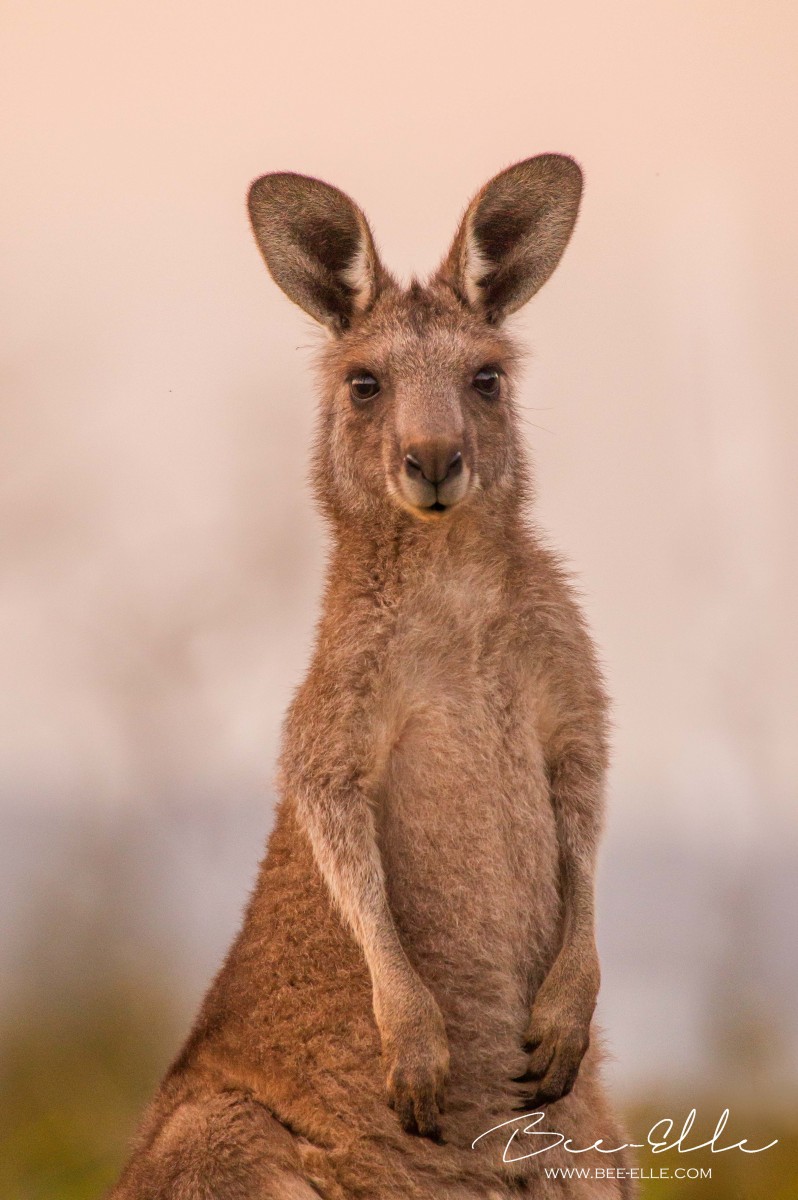
The controversial issue about shooting the marsupial for land management plans and the kangaroo meat industry continues to divide the country.
Year on year, culls around the country take place quietly and seem to bear all the signs of a well-orchestrated, covert operation. Public consultation is non-existent, which makes sense- the government knows all too well the public scrutiny that would follow if it’s mentioned anywhere in the mainstream.
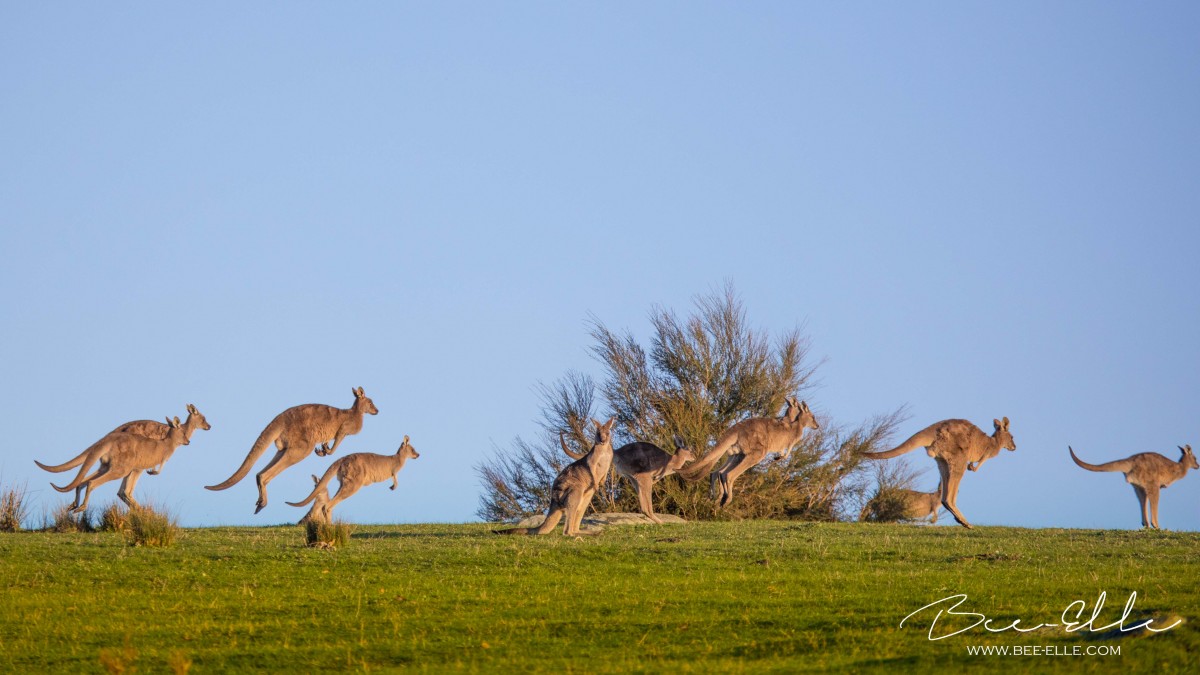
The treatment of kangaroos through systematic culling suggests that Australia sees them more as a pest than a treasured species.
In an increasingly urbanised Australia, it’s likely that most won’t encounter wild kangaroos often enough to be aware of the issue. For private landowners with livestock whose lives are directly affected by kangaroos, however, they say that kangaroos ruin fences, cause hazards on the roads, compete with their sheep and cattle for food and water, and damage the land and its biodiversity- and so the culls are well justified.
Perhaps what’s missing in this view, however, is that more land has been cleared for agriculture, which has created more grazing areas for kangaroos. Patterns of drought and rainfall have led to varying numbers and movement of mobs. We’ve built roads and highways across their wildlife corridors. All in all, it’s simply a case of the species adapting to changes in their environment, contributed to mostly by human activity- yet the kangaroos appear to be the ones punished for it.
Kangaroos, like all native wildlife, are protected in Australia. Under this legislation, it’s a chargeable offence to kill, take, control or harm wild species, and penalties including imprisonment and fines are imposed. So kangaroos are protected, however under the same governance that seeks to protect them, they’re systematically killed in droves.
To kill a kangaroo, a bullet to the head is claimed as the most efficient method by the National Code of Practice. Except, however, when this ‘efficiency’ is inaccurate. While mostly professional shooters are used, accurate marksmanship isn’t guaranteed, and stray bullets often enter other parts of the animal, causing trauma and a prolonged and painful death. A study found that 16% of those culled- or 120,000 kangaroos- were not shot in the head. It’s a sizeable number and raises serious concerns regarding how humane the Code really is.
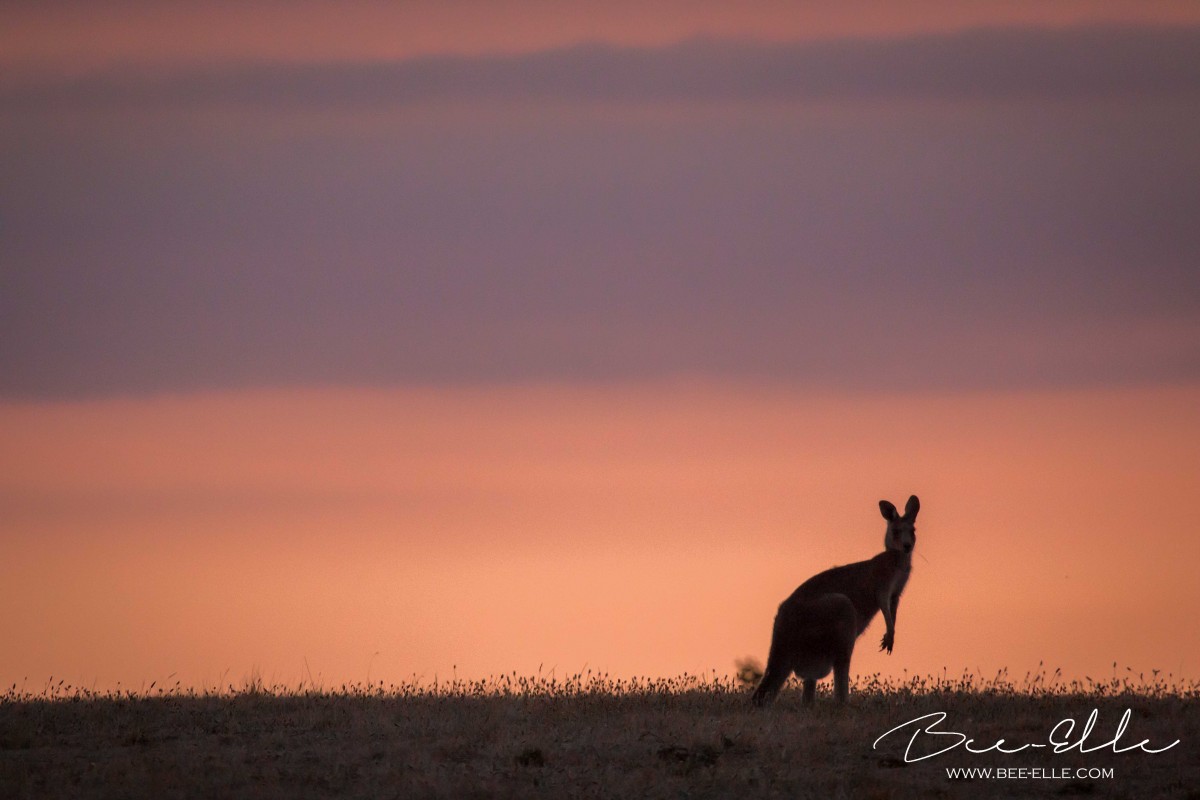
Millions of kangaroos are shot every year in seemingly silent culls and the trend is frighteningly set to continue.
The cruelty extends to the joeys when their mothers are killed. It was found that joeys who became separated from their mother experienced severe mental and physical suffering, and were found to make regular and prolonged vocalisations after their mother was shot. Ninety-nine percent of those orphaned would later die from stress, starvation, dehydration and predation.
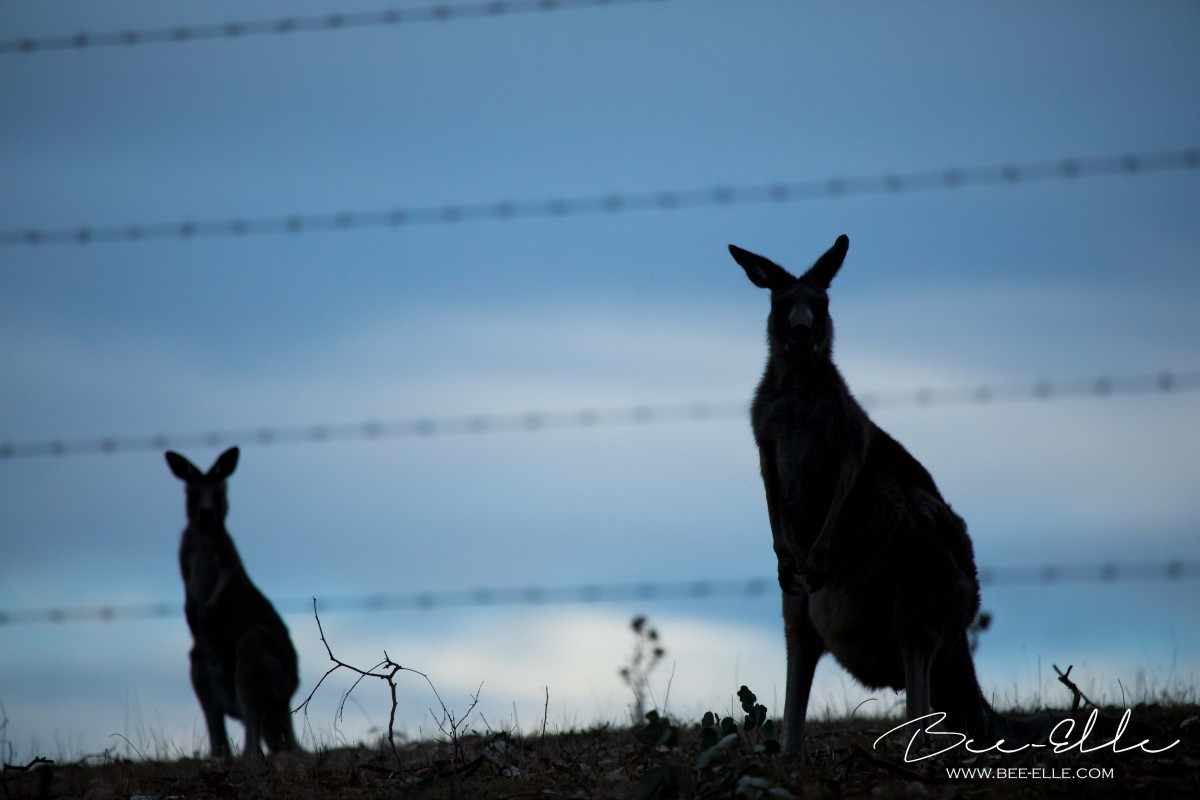
Shooting at wildlife in the night invariably means inaccurate shots, which lead to traumatic, slow and torturous deaths for thousands of kangaroos.
In an attempt to make the process more humane, the Code of Practice requires that the joey is killed, for they’re still dependent on their mothers and simply can’t survive on their own. Pouch young are usually clubbed in the head by a steel or iron bar- similar to how Canadian harp seals are killed. Young-at-foot joeys are taken by the hind legs and violently swung onto a tree trunk, a rock, or a vehicle’s tow bar, killing them by blunt force trauma.
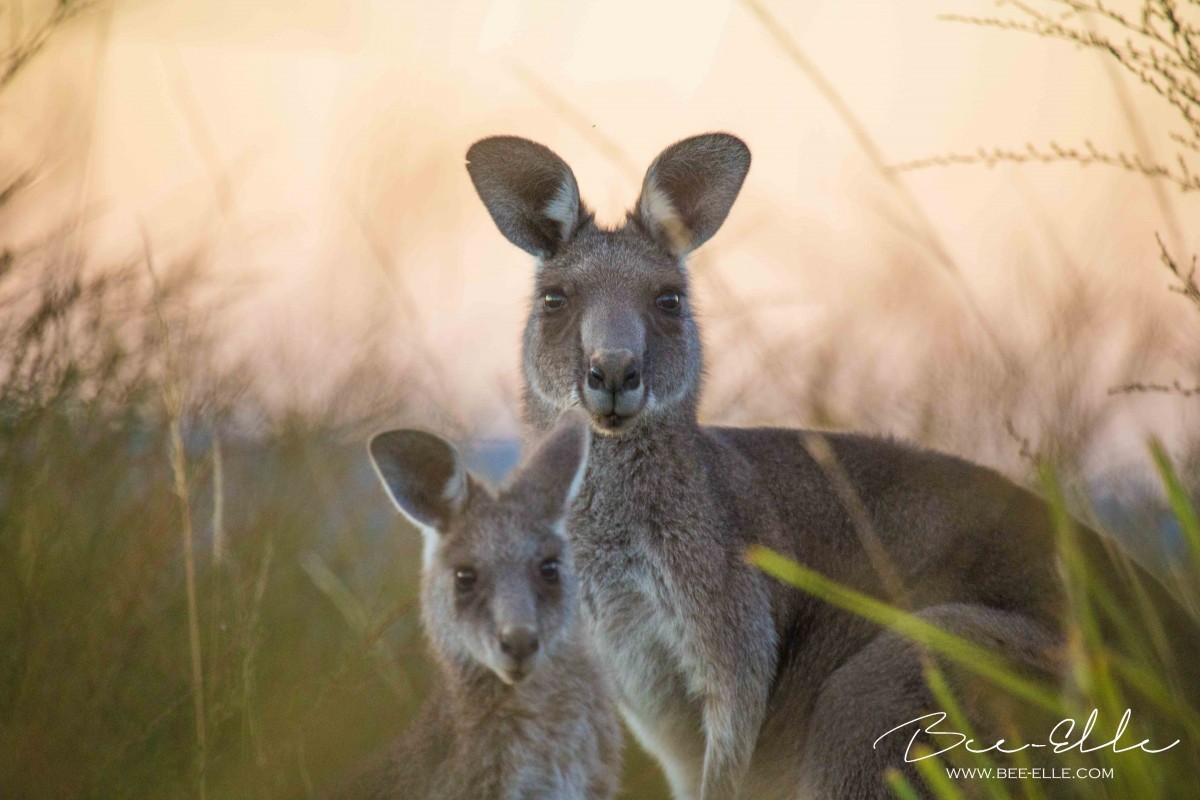
Joeys were found to make regular and prolonged vocalisations after their mothers were shot. If they escape, they’re left to die from stress, starvation or predation.
The negative welfare impacts of culls are obvious, however, the Australian Government continues to keep most of the facts away from the limelight as they continue to spruik the kangaroo meat export industry domestically and abroad.
The government has promoted the kangaroo meat industry for decades, but the discovery of bacterial contamination through inadequate handling and storage practices has stopped the industry from gaining any traction. Demand is waning, and nation-wide import bans in countries including Russia and China were implemented. For an industry worth about AUD$200 million a year- a tiny 0.02% of the nation’s $1.2 trillion dollar GDP- it’s an industry that arguably, could be done away with for good.
Utilising carcasses in the name of the industry, however, may go some way to appeasing the public that there isn’t any wastage of carcasses. The idea of an icon being used for the fashion and meat industry, however, just simply doesn’t sit well with many.
Seeking to live alongside wildlife should involve the least cruel and non-lethal of methods. The alternatives are there: contraceptives, sterilisation, translocation and deterrents such as fencing, sonar and dingo urine- all of which have been explored and show promising signs if scaled. The issue is mostly cost, and the commitment from the private sector and government to take leadership on making these alternatives accessible.
Meanwhile, on the other side of the world, a documentary, Kangaroo: A Love-Hate Story, has recently made the rounds in America and exposes the gruesome industry of culls. It’s reportedly confrontational, and has generated outrage in the United States. The New York Times describes kangaroo culling as a massacre- an apt term, given the numbers culled and the systematic manner in which they’re killed.
Ultimately, for any policy to be sustainable it must be socially acceptable- and in the case of killing kangaroos for conservation and export, acceptance is running a bit dry.
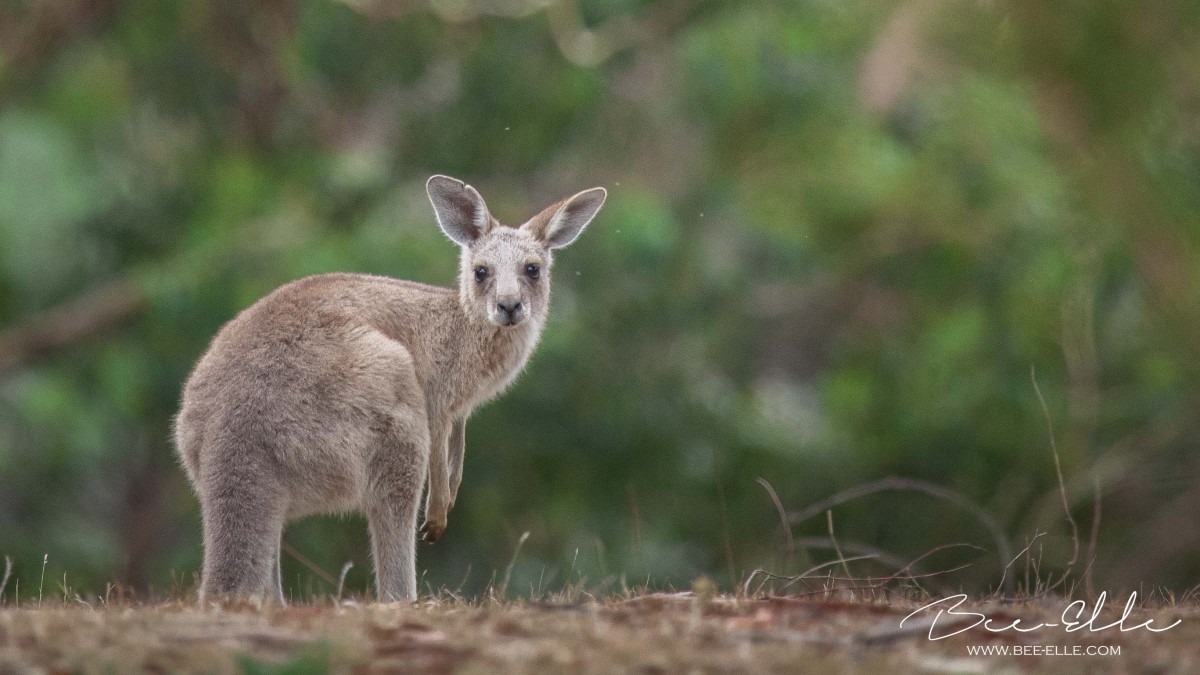
If killed, joeys are clubbed in the head, swung onto rocks, tree trunks and tow bars and killed by blunt force trauma.
Conservation hunting is not new news, but we desperately need to change the way we see wildlife: they’re there to peacefully coexist with ethical and innovative solutions. For in the 21st century, we just shouldn’t be killing for conservation- it may be the easiest solution, but it will never be the right solution.
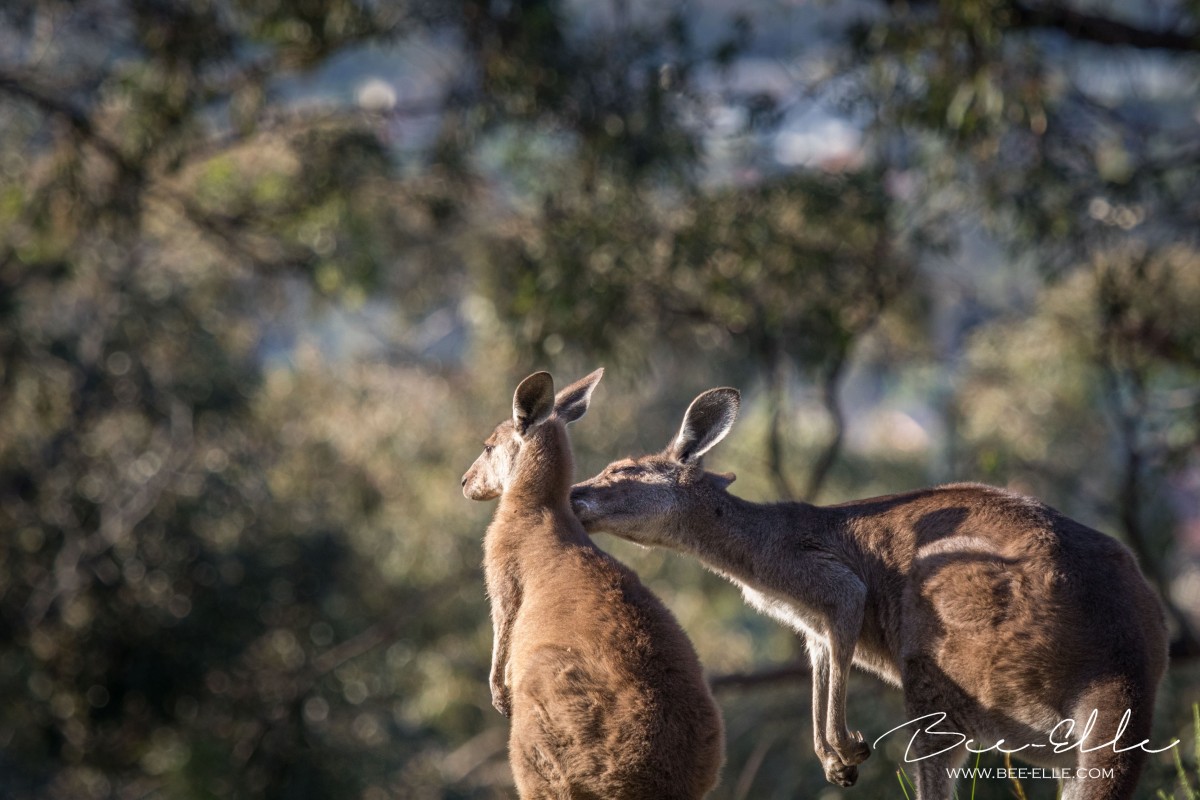
Bee-Elle is an independent photographer specialising in wildlife, nature and conservation. Her passion stems from a lifelong and profound respect for animals and a strongly-felt connection with the African savannah. Bee-Elle desires a world where animals are respected as much as human lives are- free from exploitation, suffering, and unnecessary death. See more of Bee-Elle’s work on her website.
The views and opinions expressed above are those of the author and do not necessarily reflect the views, opinions or position of Voiceless. Voiceless does not guarantee the accuracy or completeness of the information.
Voiceless Blog Terms and Conditions: The opinions expressed on the Voiceless Blog are those of the relevant contributors and may not necessarily represent the views of Voiceless. Reliance upon any content, opinion, representation or statement contained in the article is at the sole risk of the reader. Voiceless Blog articles are protected by copyright and no part should be reproduced in any form without the prior consent of Voiceless.

